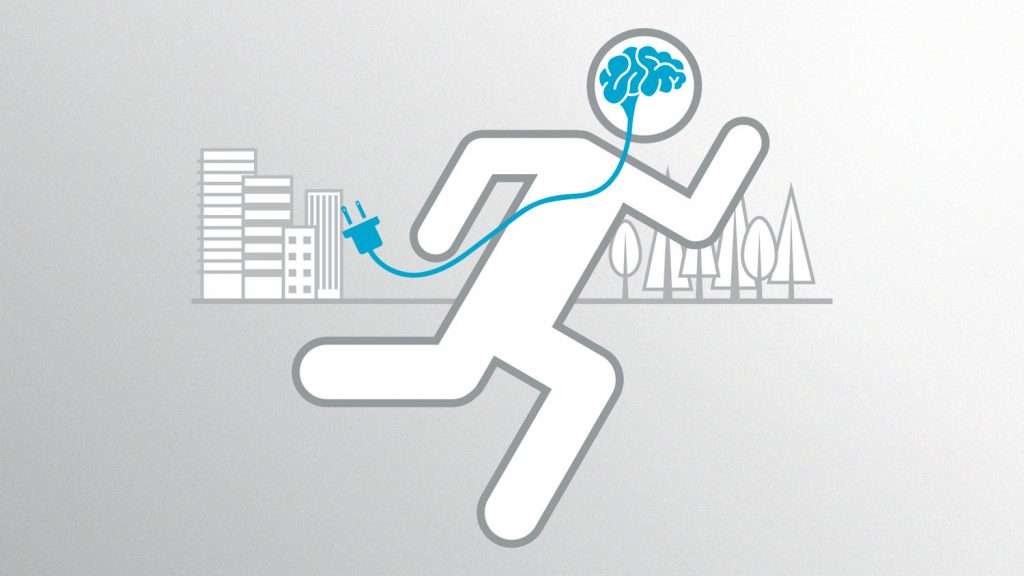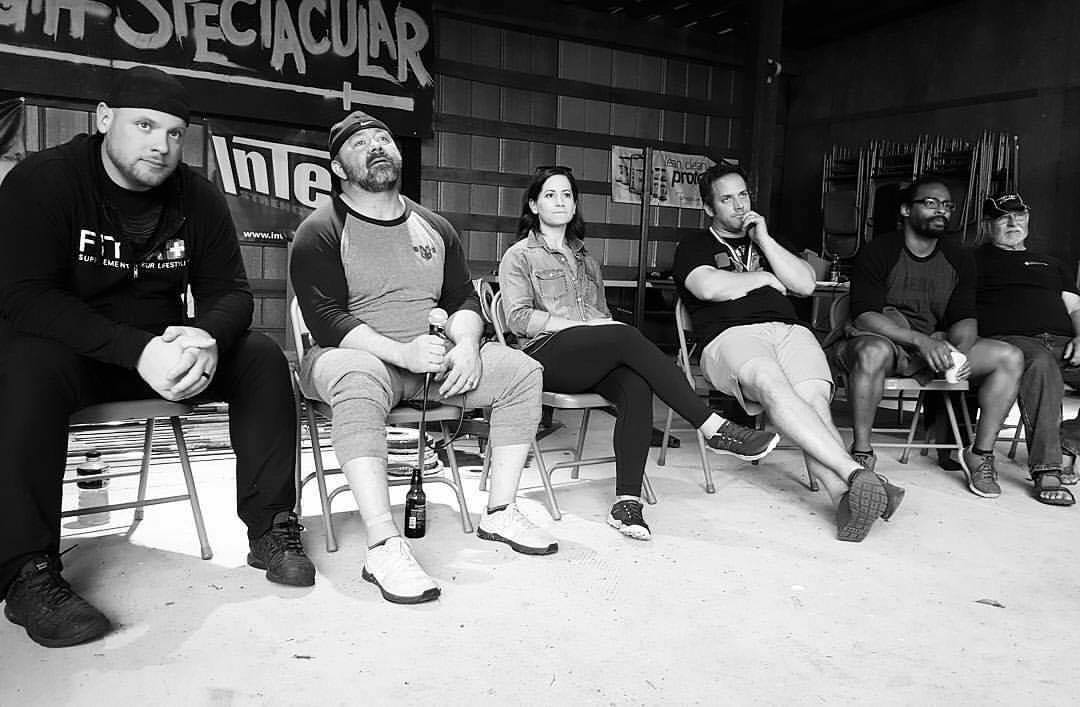The ultimate competition preparation book is coming your way. We will cover programming the competition block, taper week, and every other possible variable of competing. The e-book drops tomorrow!!!
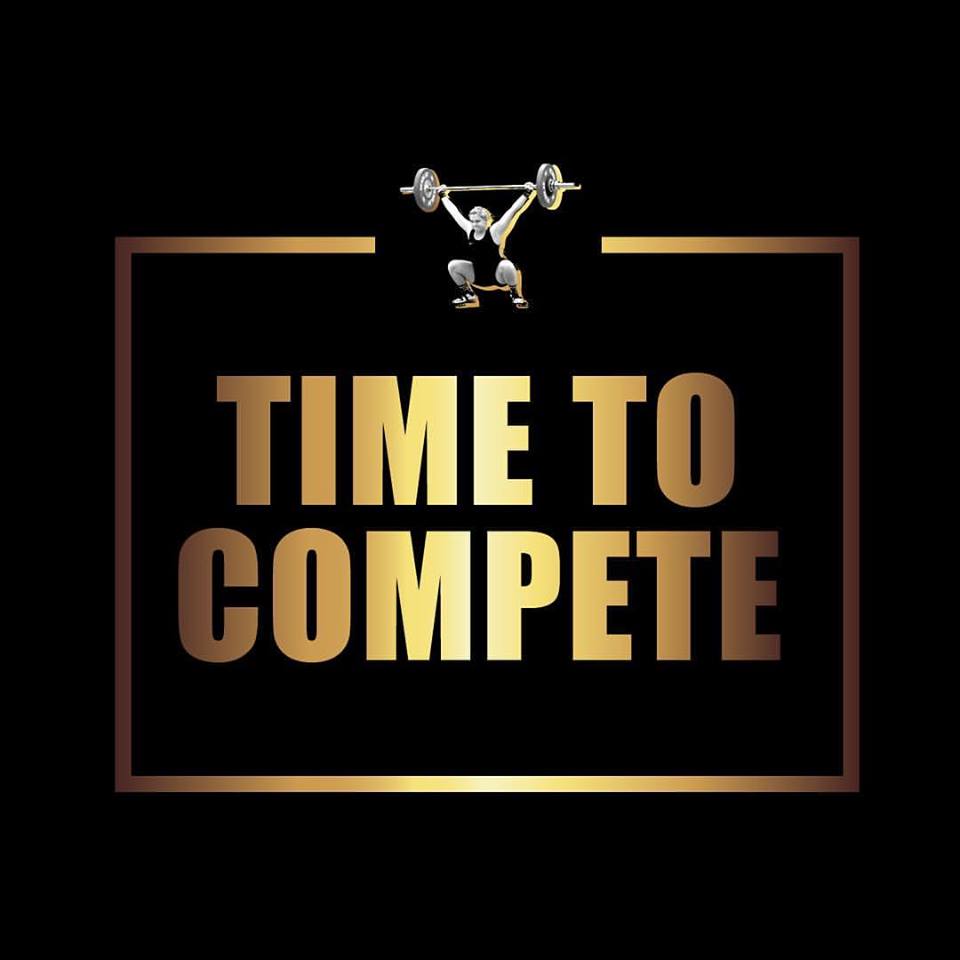
Until then, you can download the FREE E-Book “Mash Method” to learn some cool ways to set personal records and to get on our list to be notified of our new book dropping. Check out our Free E-Book Below:
Less Data and More Feel
I’m at Topsail Island on vacation with family and friends this week. I’ve spent quite a bit of my time reading Unplugged by Brian Mackenzie, Dr. Andy Galpin, and Phil White. I personally know two of the three authors. Therefore I trust what these men are saying. Dr. Andy Galpin is on the cutting edge of more research than anyone else that I know, which is saying a lot since several of my friends are immersed in research. I am only a quarter of the way into the book, but I am already questioning my use of technology.
I am also questioning my desire for more and more technology. I am not saying that more data is a bad thing. However when is enough actually enough? I am getting into velocity based training, which requires quite a bit of feedback to make sure that athletes are staying within desired parameters. I would say that there is room for some of this, but less is truly more.
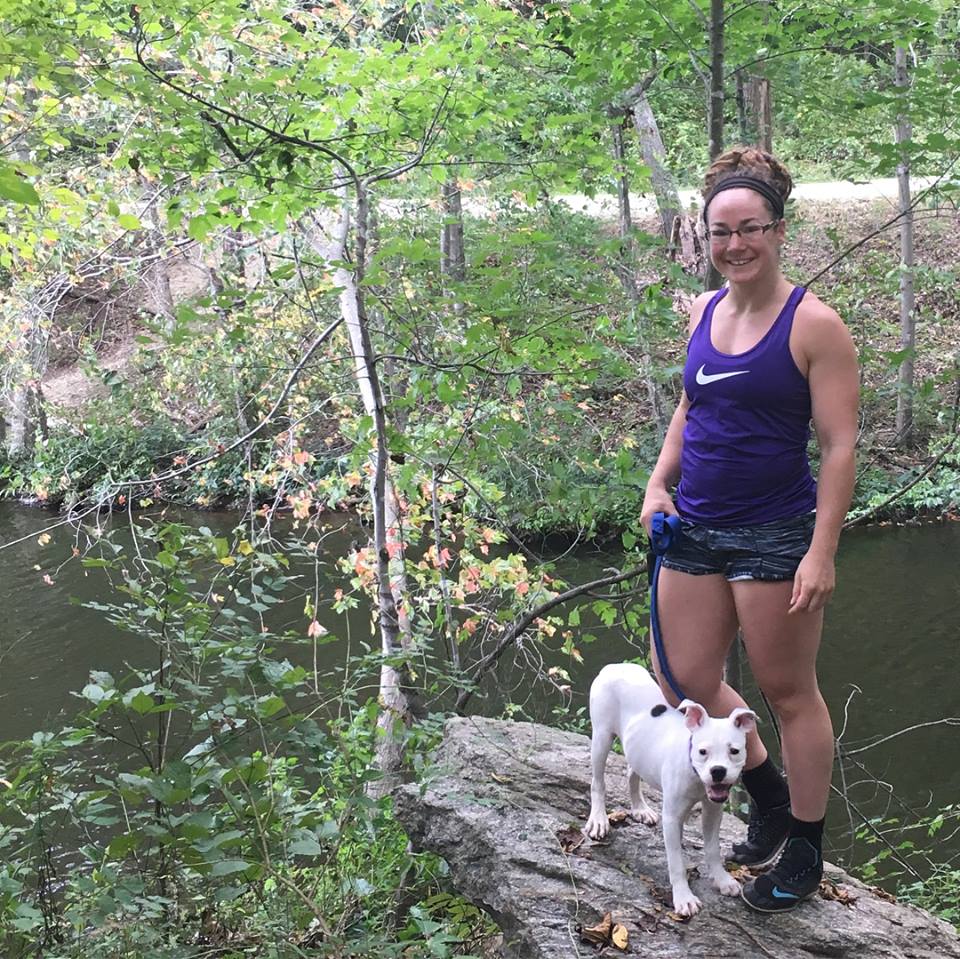
The book points out research where runners used their own feel (rate of perceived exertion) to gauge sessions, and the RPE sessions produced as good or sometimes better results than data dictated sessions monitored by some sort of wearable. This was especially true since a lot of wearables are based on faulty formulas like (Max Heart rate = 220-age). I am not really an endurance coach, but there is something else that I have noticed that affects all athletes.
Visualization should be a key part of any athlete. It’s one of the first things that my original weightlifting coach, Wes Barnett, taught me. I learned to see myself performing the perfect lift before I ever walked up to the bar. The sport of weightlifting is too fast to be consciously thinking about a certain technique while lifting a near maximal weight. If you use visualization prior to walking up to the bar, you can then grab the bar and simply apply force. The visualization will do the rest.
This technique helped to make me a fierce competitor. By fierce I mean I never bombed out of major competitions. As a matter of fact, I normally excelled in competitions. Visualization taught me to be fully present and in the moment. I could shut down all negative thoughts and fully engage on the movement of the lift.
This isn’t an article about how great I was at visualization. It’s to point out the difficulty I have teaching this generation the same technique. I have been saying for years that this generation can’t visualize because they’ve been raised in a technology-based world that hasn’t required them to visualize. There was no need to use their imagination when they could play a video game with graphics that looked more alive than them. Smart phones put the world at their fingertips, so there was no need to imagine and dream about the world.
In the book Andy recounts a moment with one of his weightlifting coaches, Olympic Gold Medalist Tommy Kono. Andy would ask Coach Kono how his positioned looked after each repetition. Finally Coach Kono replaced the “how did it look” with “how did it feel”. If an athlete can’t sense the correct or incorrect movement pattern within their sport, it doesn’t matter what feedback they’re given. Feedback should only be used to confirm or disprove what an athlete senses about a certain movement. If an athlete can’t duplicate their training on the competition field or platform, the feedback is of no use.
I am not saying that all technology is bad. I am just saying that an athlete has to be in touch with their senses before technology can be of use. Plus really a qualified coach needs to be present to interpret the information. For example if an athlete was using a tendo unit that measures velocity and noticed a week where peak velocities had dropped, they might freak out and think that they were getting weaker. However an experienced coach might remind them that they had arrived at the peak volume week of their program designed to beat them up a bit before dropping volume and allowing for adaptation and supercompensation. It was the same data with one emotional response and one logical response.
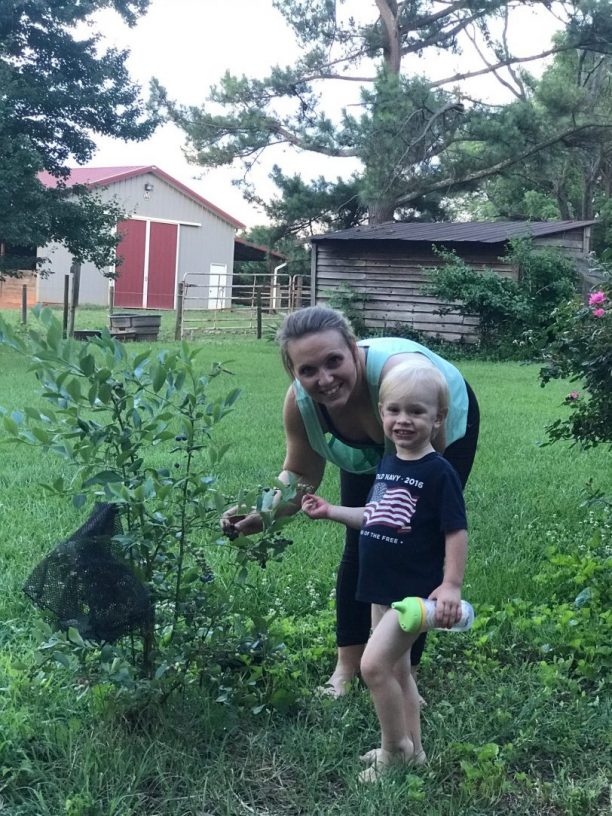
Here’s what I recommend after reading the book. If you’re an athlete, I would consider ditching the phones and all technology based devices for at least 75% of your training sessions. An athlete needs to learn to be fully present in their training session. You need to learn to feel when a movement is correct. You need to learn to visualize the perfect movement. The only way to get plugged into your own body is to unplug from all the devices.
Man I see it. People can’t focus on a conversation without looking down at their phones. This isn’t just a habit. This is an addiction. We are all addicted to the dopamine response that our body delivers when we see texts, messages, and comments on our phones. Our body comes to desire the good feelings associated with the dopamine. We need to ditch the phones and get outside in nature. Look I am the guiltiest. My business relies on the Internet, but that doesn’t mean that I have to stay plugged in 24/7.
Yesterday I sat on the beach, closed my eyes, and tried to count the number of senses that were being aroused. The wind was blowing on my face. The cool waves running up on the beach that was splashing my body. There was the sound of nature’s amazing animals playing a beautiful harmony in my ears. We all cherish the fresh smell generated by the constant breeze off of the ocean. I realized at that moment just how much I was missing by burying my face in a dang phone.
Don’t listen to me though. If you get a chance, read the book Unplugged for yourself. It is lined with research from my man Dr. Andy Galpin. Of course only Brian Mackenzie could tell the story in a way that makes you want to finish the book in one sitting. Just an FYI, this was an unsolicited blog. Their book just really convicted me to put down the phone and take off the devices to get back into nature and in touch with my own body. I am going to encourage my athletes to do the same.
Tomorrow we are dropping our latest E-Book: “Time to Compete”! This book is all about meet preparation including 7 four-week Taper Phases, meet strategy, mindset, Intra-meet Nutrition, and so much more that goes into the art of coaching a champion.
Then October 18th thru the 21st we are hosting the inaugural “Mash Mentorshop” to be held at the Farm and in our Gym. We will go over all elements that make up the art of coaching:
-Technique
-Business, recruiting and growth
-Programming
-Balancing coaching, business, and life
-Correcting technical flaws
-We will end each day around a campfire going over whatever the attendees choose
Here’s the link to sign up for the inaugural Mash Mentorship being held October 18th thru the 21st:
